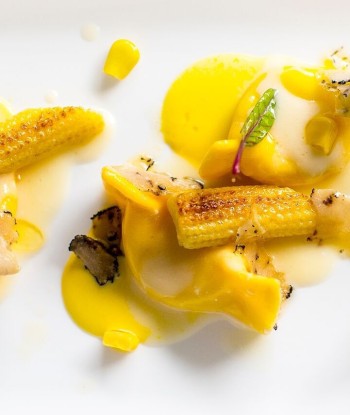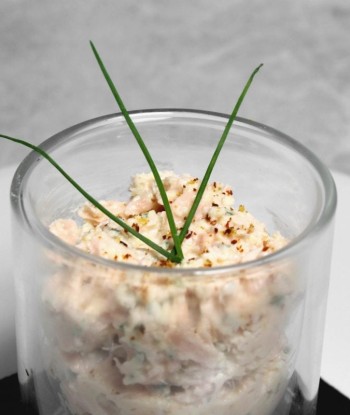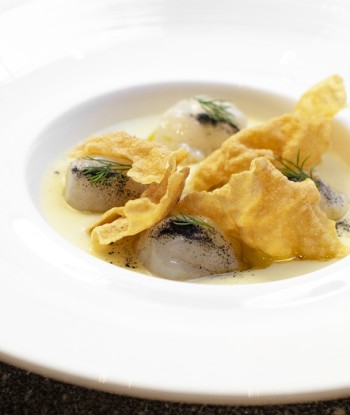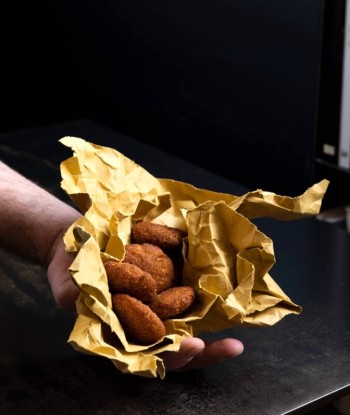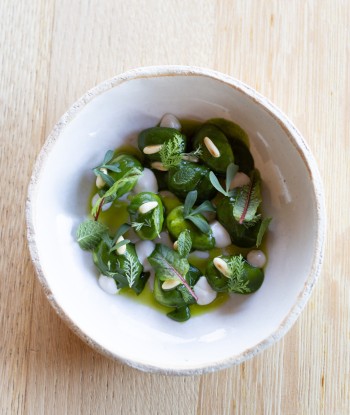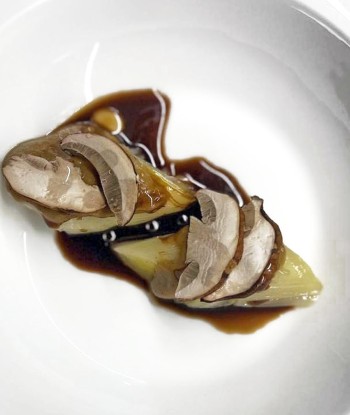The typical vegetable stewed with mint meets frying, for an unprecedented encore of flavors: here is the recipe for Angelo Troiani's amazing Carciofo “dalla romana alla giudia.”
Ingredients for 1 person
- 1 Romanesco artichoke
- 1 clove of garlic
- Parsley
- Spearmint (not mint) to taste
- Breadcrumbs
- Salt
- Pepper
- Light fruity extra-virgin olive oil
Procedure
Clean the artichoke, cut off the stem and remove the outer leaves. On preventing the vegetable from turning a dark color, place it in a bowl with water and parsley, without lemon.
Chop the mint with the parsley and breadcrumbs, salt and pepper and mix everything together. Using a digger, remove the inside of the artichoke and fill the hole with the mixture of mint, parsley and breadcrumbs.
In a saucepan put the oil and garlic clove, heat, add the artichoke, water and cover the saucepan. The water will help prevent the oil from reaching too high a temperature and frying.
Cook for about 15 minutes, then remove the artichoke from the heat and remove the garlic as well. Leave the pot on the stove on high so that all the water evaporates. Meanwhile, remove the filling from the artichoke and form a quenelle, which should be placed on the plate.
When the water has evaporated from the saucepan, lay the artichoke in the oil (on the leaf side) so as to proceed with the giudia cooking. Cook for 4-5 minutes, drain the artichoke and serve with the previously prepared quenelle.
Address
Ristorante Il Convivio Troiani
Vicolo dei soldati N 31, 00186, Rome
Phone: +39 066869432
Mail: info@ilconviviotroiani.com


